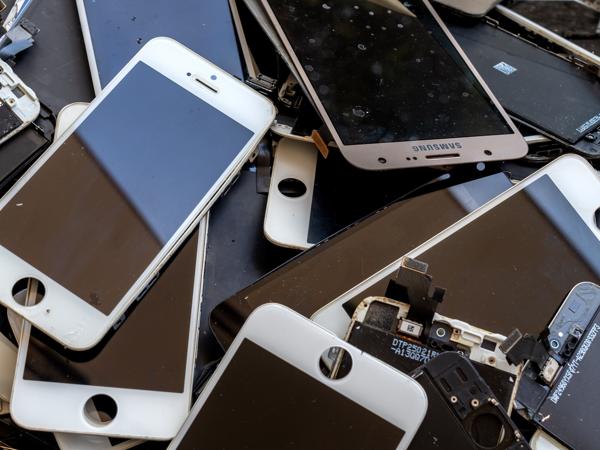In our rapidly advancing technological world, e-waste has become a pressing concern. Electronics have deeply entwined with our daily lives, from our smartphones to the plethora of gadgets that enhance our “Smart Lifestyle with Technology.” But as these devices become obsolete, they often end up contributing to the growing e-waste problem. Let's explore some simple yet impactful ways to reduce e-waste, keeping the planet a bit greener.
Understand E-Waste
Before diving into the tips, it’s essential to know what e-waste is. E-waste (electronic waste) comprises discarded electronic devices like old phones, laptops, tablets, and peripherals that don't have a working use anymore.
1. Extend the Life of Your Gadgets
Keeping devices longer can play a significant role. Here are a few ways to do so:
Regular Maintenance: Clean your gadgets and ensure they are used within recommended conditions. For example, avoid overheating by keeping vents clear of dust.
Software Updates: Many Smart TVs and Streaming Devices become obsolete because they are no longer supported. Regular software updates might add more life to your gadgets by improving performance and security.
Repairs Over Replacements: Before deciding to discard a malfunctioning device, consider repair. Many minor issues, like a broken screen or battery problems, can be fixed at a fraction of the cost of purchasing new.
2. Donate or Sell Old Electronics
If a device is still functional but you no longer need it, consider donating or selling.
Donation: Many places, like schools or non-profit organizations, love refurbished tech. It’s a way for your gadget to serve another purpose.
Resale Platforms: Websites such as eBay or local platforms like Facebook Marketplace or Craigslist can be ideal for selling old devices.
3. Recycle Responsibly
Recycling old electronics is crucial, but it should be done responsibly to ensure it doesn't just end up in another landfill.
Certified E-Waste Recycler: Look for recycling centers certified by organizations like e-Stewards or R2, which adhere to environmentally sound and socially responsible practices.
Manufacturer Return Programs: Some tech companies offer take-back or recycling programs. For instance, Apple, Samsung, and Dell have initiatives for taking back old devices.
4. Think Before Purchasing
Before you buy a new gadget, consider these aspects:
Assess the Need: Sometimes, another device at home might serve the purpose. Think critically about whether a new purchase is necessary.
Opt for Quality Over Quantity: A slightly higher initial investment in quality could mean the device will last longer, reducing the frequency of replacements.
5. Purchase Eco-Conscious Devices
- Look for Eco-Labels: When buying new gadgets, check for certifications indicating eco-friendliness, such as Energy Star or EPEAT.
A Case for Eco-Friendly Gadgets
Devices under the "Eco-Friendly Gadgets" section, like solar-powered chargers or bamboo keyboards, signify a blend of the green approach with technology. These minimized technological footprints can significantly support sustainable living.
Conclusion
Addressing e-waste is simpler with mindful habits, repairs, and recycling. It doesn’t require extreme measures from individuals but a modest shift in how we perceive our tech's lifecycle. We owe it to future generations to make thoughtful choices about our gadgets’ journeys—from purchase to disposal.
Reflecting on our habits, each small step can collectively make a big difference. For example, improving energy efficiency in our homes can have a significant impact.
While exact statistics and projections weren't cited, the imperative to act remains a part of global conversations. Efforts on individual levels complement large-scale policies and innovations toward sustainability. For precise data and further insight, research from the Global E-waste Monitor or similar resources can be helpful.
Feel free to visit our Smart Watches page to explore more smart lifestyle insights.




